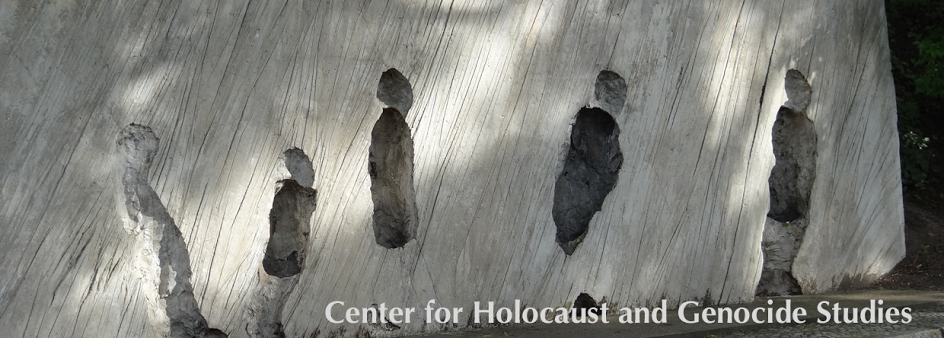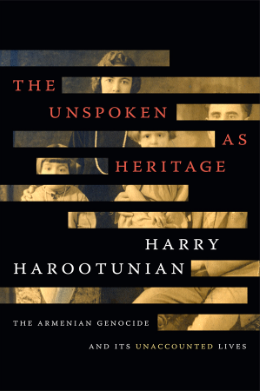This semester, Center for Holocaust and Genocide Studies research assistant, Michael Soto, had the opportunity to interview Carlo Tognato on his 2020 edited volume, the Courage for Civil Repair: Narrating the Righteous in International Migration. In this interview, Tognato discusses the evolution of his work and some of the core themes of this new volume. Below we share excerpts from this interview. Be sure to listen to the entire interview here!
It’s been over four months since the Ethiopian national military invaded the Tigray region of northern Ethiopia. The fighting continues, and the situation has deteriorated into a major humanitarian crisis, marked by mass killings, food shortages, a collapsed health care system, and the flight of at least 60,000 Tigrayan refugees into Sudan. Estimates of how many people have been internally displaced range from hundreds of thousands to over two million.
In Colombia, an official call to mourn the country’s growing number of COVID-19 victims came alongside the news of defense minister Carlos Holmes Trujillo’s death due to the virus. Within the same day, on January 26th, Colombian President Iván Duque issued an executive decree calling for the “honoring of the memory of COVID-19 victims and especially that of Dr. Carlos Holmes Trujillo García” via a three-day period of national mourning. Duque used rhetoric surrounding this symbolic act to describe COVID-19 as the “invisible enemy” that Trujillo faced while in the “line of duty,” relegating the disease to a collective threat similar to the lingering conflict violence that Duque’s administration has been ill-equipped to manage.
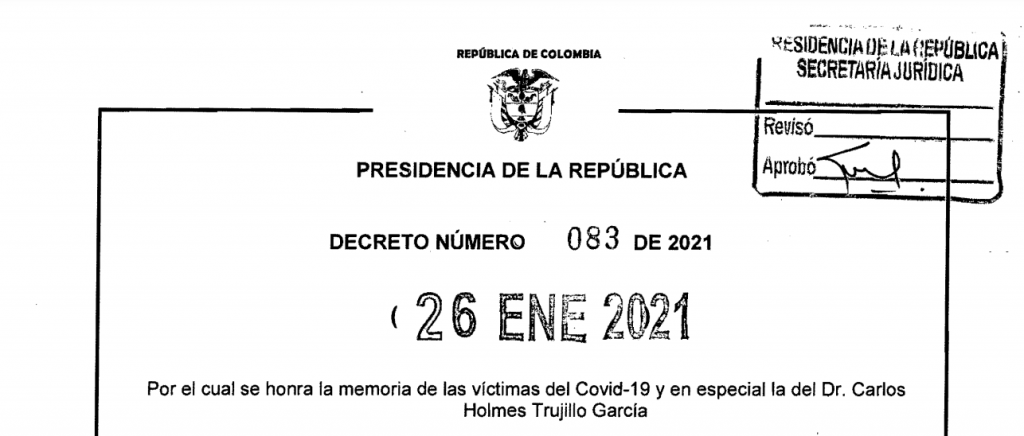
On December 30, 2020, Argentina’s Senate voted to legalize abortion. This decision found resonance with thousands of activists present outside the national Congress building, waiting, witnessing, and testifying why aborto sea ley, why legal abortion, must be the law. After 12 years of debate – really, after decades of debate in the wider public forum, the news of the official tally in favor of legalization was met by tears of joy, drumming, and dancing in the streets of Buenos Aires. These celebrations were echoed and sustained in the streets and homes throughout Argentina, but also across the wider transnational feminist network, both in physical spaces and in the digital public sphere.
Last Friday, Minnesota nearly became the first state in the country to recognize the Khojaly Massacre as a genocide. A last-second amendment from Governor Walz’s office, however, changed the language in the declaration to massacre, mirroring language found in an earlier declaration Minnesota passed in 2016. In all, 24 states have passed resolutions recognizing the Khojaly events as a massacre.
In February 1992, in the midst of the First Nagorno-Karabakh War, Armenian forces took the Azeri-held town of Khojaly. Human Rights Watch chronicled the killings of Azeri civilians, with estimates between 200 and 1,000 Azeris being murdered by Armenian forces. While there is a general consensus of war crimes committed against the citizens of Khojaly, scholars stopped short of calling it genocide outside Azerbaijan or its close ally, Turkey (Armenia, for its part, continues to deny wrongdoing in Khojaly, blaming Azeri militia embedded with civilians).
Michael was born and raised in New Jersey and moved to Minneapolis in 2016 to pursue his graduate studies. He is a Ph.D. Candidate in Sociology and a Fellow at the Interdisciplinary Center for the Study of Global Change (ICGC). He has a MA from the University of Sussex in the United Kingdom and a BA from Harvard University.
Writing about time and historical periodization in his 2012 book, Foundational Pasts: The Holocaust as Historical Understanding, Alon Confino contended that “Linking the events to what came before and after is crucial to the interpretation of what actually happened.” What Confino meant by this is that “foundational pasts,” or events that are “brief, radical, violent, and self-avowedly transformative,” must be understood within larger understandings of historical beginnings and ends. In other words, major historical ruptures, such as the French Revolution and the Holocaust (the foundational pasts on which Confino focuses), are shaped by the events that come before and after them.
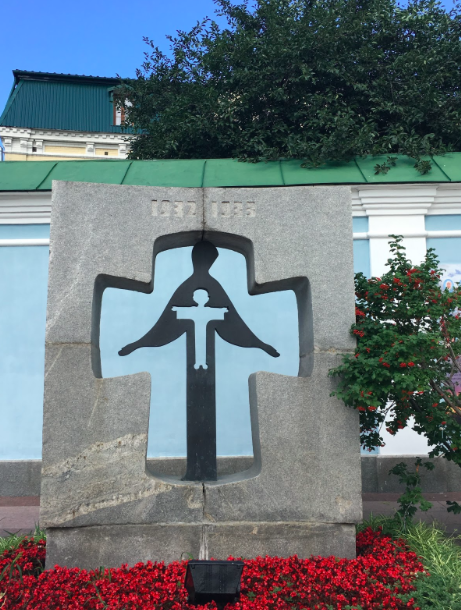
Harry Harootunian is a Detroit born Armenian-American distinguished historian of Japan and scholar of Marxist theory at the University of Chicago and New York University. Born to a family of Armenian Genocide survivors in 1929, Harootunian achieved renown in academia for his pathbreaking studies of early modern Japan and Japanese cultural and intellectual history.
2020 was a year defined by people, groups, and communities standing up for their rights, fighting for equal treatment, and their right to exist. The Black Lives Matter movement across the US and protests in the UK calling attention to the government’s failure to investigate the deaths of Black citizens highlighted historical and current racial disparities. The End SARS demonstrations in Nigeria and farmer protests in India brought international attention to those protesting government policies that gravely affected their livelihoods. The world over, these people, groups, and communities have utilized Universal Declaration of Human Rights Article 20, “right to freedom of peaceful assembly and association,” to do this.
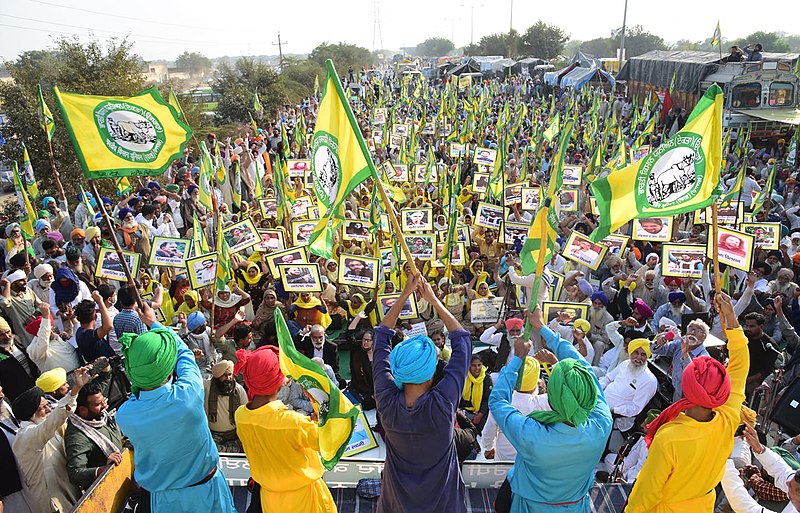
In 1975, Edward Tronick and his colleagues conducted what would become one of the most replicated experiments in developmental psychology. A video discussing a more recent replication of the experiment can be found below:
